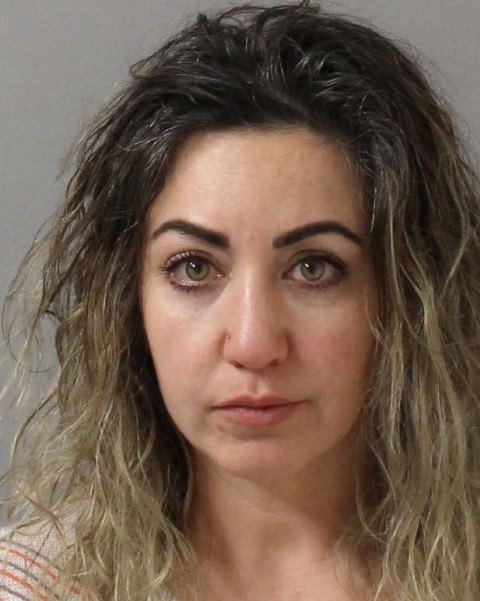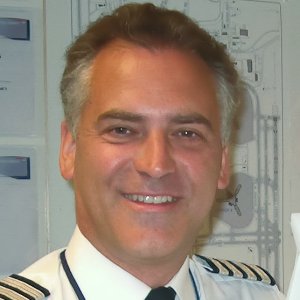 There’s one thing every medical patient and every medical professional should demand now that a nurse in Tennessee has been criminally charged with accidentally killing a patient; a full and public investigation into the factors that led to this tragic mistake. This could and should be the same as what happens following air accidents.
There’s one thing every medical patient and every medical professional should demand now that a nurse in Tennessee has been criminally charged with accidentally killing a patient; a full and public investigation into the factors that led to this tragic mistake. This could and should be the same as what happens following air accidents.
Thirty-five-year-old Radonda Leanne Vaught gave a fatal dose of the paralyzing drug vecuronium rather than versed, an anti-anxiety medication to a 79-year old woman who was being prepared for a body scan. Because both drugs begin with the letters v e, Vaught selected the first drug offered by the computerized medication dispenser failing to realize it was not the one she was seeking.
The patient was unattended after the medication was administered and was found dead 30 minutes later according to newspaper accounts of the event, which occurred the day after Christmas in 2017.
Earlier this month, the Tennessee Bureau of Investigation announced the nurse’s indictment. “Agents determined that the actions taken by Radonda Vaught were responsible for the abuse of Mrs. Murphey, and her ultimate death,” the press release states.
For more than 20 years, aviation safety professionals have been working with medicine to share the safety systems that have been so successful in air transport. It is key to understand and incorporate the fact that people make mistakes. Any road that demonizes humans for being human will have little positive effect.
In an article in The Tennessee Star, journalist Chris Butler gets to the heart of the matter in an interview with medical malpractice attorney Randy Kinnard who suggests looking up the chain of events to the practices and procedures at Vanderbilt University Medical Center, where the accident happened.
“Is it a single act of negligence by the nurse, or is it a combination of a system failure at the hospital with the nurses’ negligence?” Kinnard asks in the interview. “Did the hospital make it easier for the nurse to make this mistake? Those are questions that would need answering with the proper investigation.”
 Kinnard takes a section of a page from aviation, but its a start. Left unsaid is the larger question of whether medical professionals who unintentionally err, should be held criminally responsible. When it comes to aviation, most countries decline to prosecute and some offer opportunities for workers to fess up to their mistakes through anonymous reporting systems.
Kinnard takes a section of a page from aviation, but its a start. Left unsaid is the larger question of whether medical professionals who unintentionally err, should be held criminally responsible. When it comes to aviation, most countries decline to prosecute and some offer opportunities for workers to fess up to their mistakes through anonymous reporting systems.
The fact is that many more people are killed each year from errors made within the medical system than the estimated number of deaths since the beginning of commercial aviation. One’s chances of dying in an air accident are infinitesimal while medical error is the 3rd leading cause of death in the United States.
This is no secret in either aviation or medicine but judging from the disproportionate amount of attention paid to aviation versus medical accidents, it seems the general public is still unaware of the unaddressed hazards lurking in health care.

Capt. Peter Burkill
James Reason the grandfather of human error research has been inspired to turn his attention to medicine along with others. While writing my book, I interviewed retired British Airways captain Guy Hirst and Capt. Peter Burkill, the hero pilot who saved the day when British Airways Flight 32 lost both engines on approach to Heathrow. These three are among many, many aviation professionals who know a thing or two about working in a high consequence industry and are eager to share their expertise.
Medicine could take on the issue of human error within its ranks with a greater degree of urgency but that cause isn’t helped when the legal system criminalizes nurses who fail – without looking into the larger question of why.

Author of The New York Times bestseller, The Crash Detectives, I am also a journalist, public speaker and broadcaster specializing in aviation and travel.









Christine.
I found your forthright post — as usual — thought provoking.
One thought was to suggest a resource, a book “Calculated Risks: How To Know When Numbers Deceive You”. The author Gerd Gigerenzenzer deals with physicians’ and lawyers’ innumeracy. Innumeracy, is an individual’s unfamiliarity with helpful mathematical models. It’s a problem that subject-matter experts encounter when working with uncertainties.
Gigerenzenzer describes common sense ways of dealing with innumeracy.
George